ORIGINS of OUR CACAO
Tabal has a presence in the international market. Our experienced and talented team of chocolate makers are qualified to help your business explore the evolving and exciting world of chocolate and cacao products.
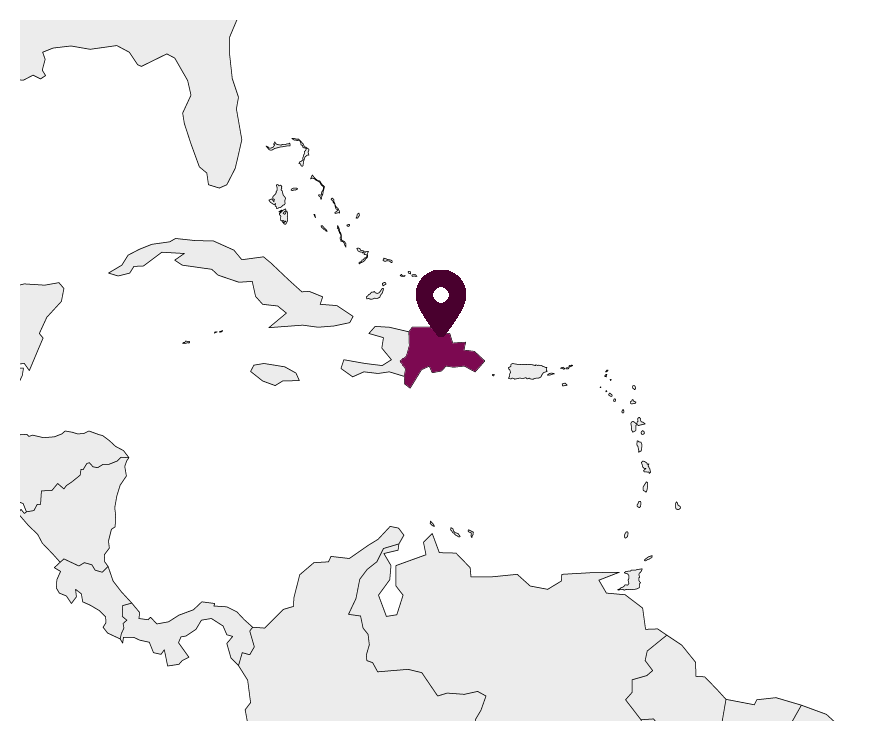
COMMUNITY:
DUARTE PROVINCE, DOMINICAN REPUBLIC
Nestled in the heart of the cacao rich Duarte province in the Dominican Republic, Öko-Caribe (or “eco-Caribe,” in German) is a gem amongst cacao suppliers. With more than 50 years of combined experience in cacao, owners Adriano de Jesus Rodriguez and Gualberto Acebey Torrejon have fine-tuned their systems to ensure consistent, superior quality in their 500+ tons of annual production. Öko Caribe maintains close relationships with its 165 farmers through technical training, in agronomic practices and organic certification. In addition, owners Adriano and Gualberto have personal relationships with all farmers, offering microfinance loans for cacao-related expenses, as well as personal loans for family emergencies or other community needs. The loyalty between Öko Caribe and the farmers they work with is not only evidenced in daily interactions between staff, management and farmers, but also in their best-in-class, award winning final product.
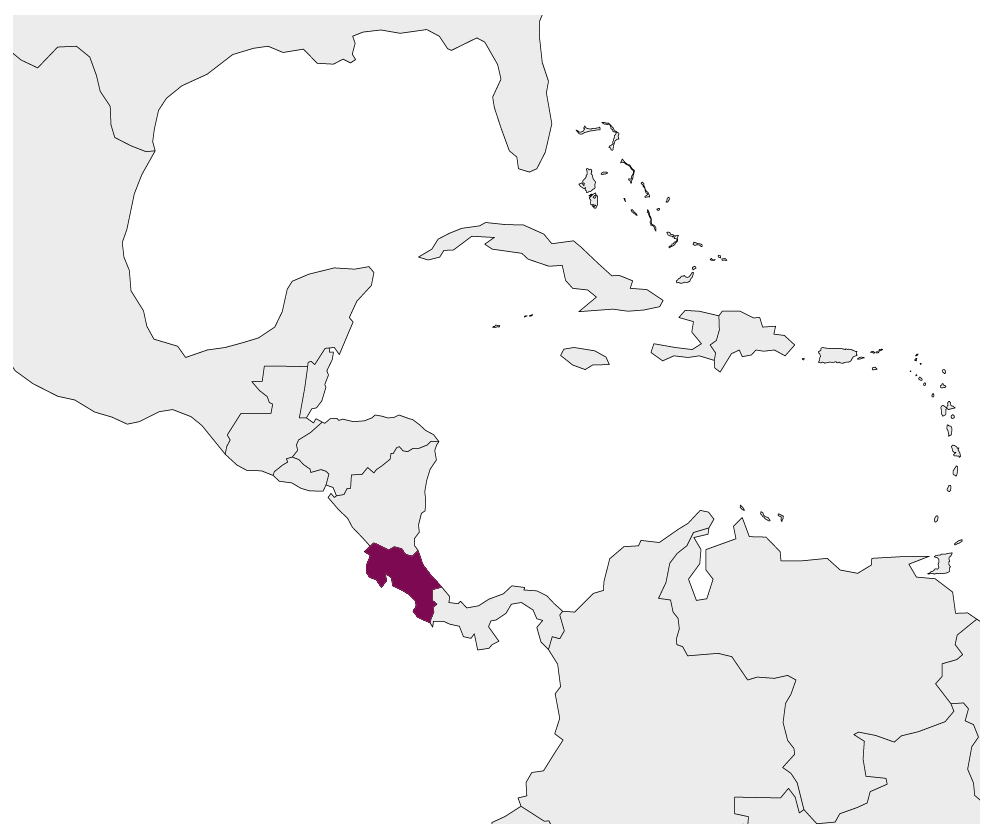
COMMUNITY:
Guatuso, Costa Rica
Edwin Sibaja lives with his family on a small plot of land in Guatuso, the town on the outskirts of Upala. Edwin has many years of agricultural experience. He operates a carefully managed family cacao plantation and implements sustainable agricultural practices.
He is an astute learner and is always seeking out ways to improve his cacao production. He is also a respected community leader and is often found on his neighbors’ plantations helping share cacao producing best practices.
Edwin represents those cacao producers that successfully implement sustainable growing practices as well as proper cropping and nutrition, in accordance with the Nahua Cacao Renovation Program. Tending a well-managed plantation with an appropriate balance of nutrients, Edwin now requires assistance to improve the quality of the varieties of his cacao trees.
As a member of Nahua’s producer network, Edwin will benefit from the company’s greenhouse and access to high-quality cacao varieties. Technical assistants also work with Edwin to ensure he has the tools necessary to manage his own cacao tree nursery.
Edwin remains committed to Nahua’s mission in the region, to reinvigorate cacao production throughout the region by aiding producers in bolstering their productivity and improving the quality of their product.
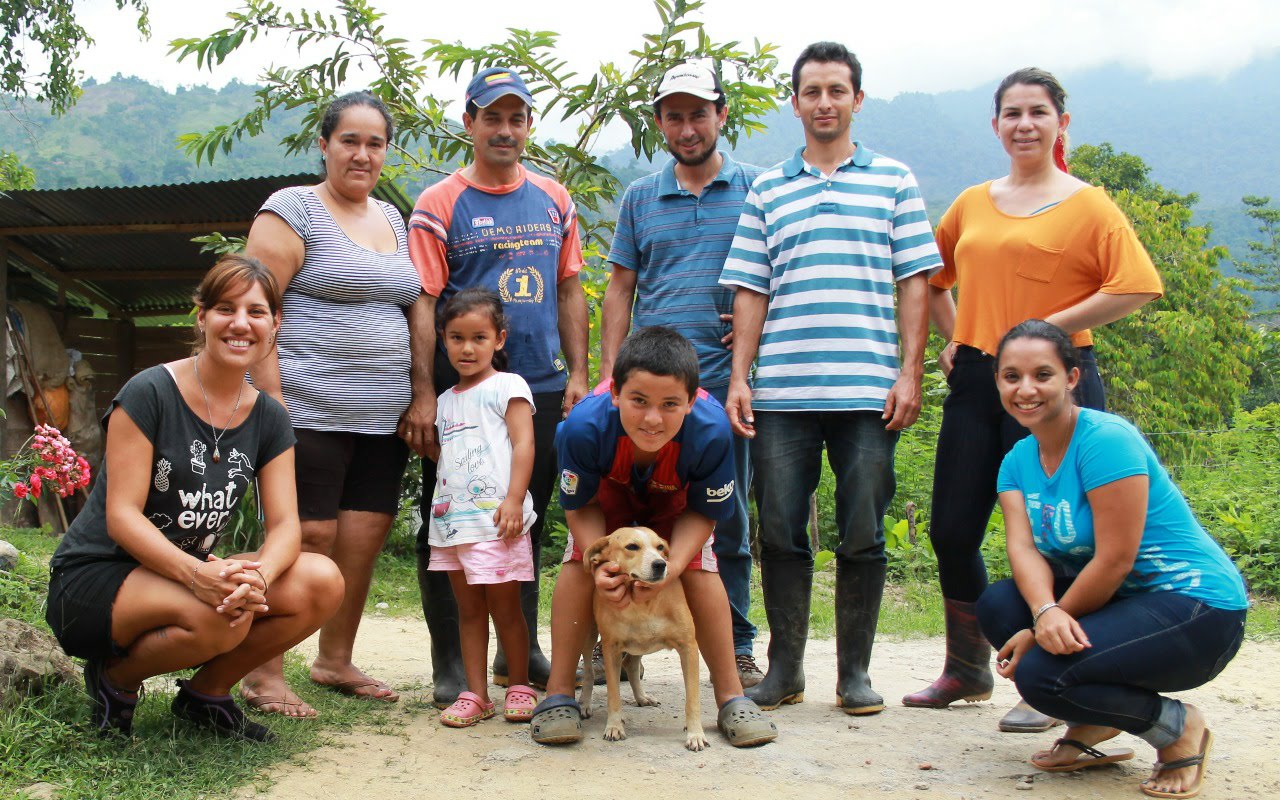
COMMUNITY:
Bosques de Cacao Yariguies
Region: El Carmen de Chucuri Santander, Colombia in the Colombian Andes
In the 1940's when my grandparents arrived from 2 different towns to this area, there were only mountains. In the 60's there were already many farmers living here, people that colonized this land like my grandparents. In 70's many farmers, including my parents started to harvest cacao.
I was born in 1982 and grew up on my parents’ farm (without electricity and in the middle of the war between "paramilitary" and "guerrilla" that finally ended in 1995). I harvested cacao until I was 17 years old. After that I finished university studies as a chemical engineer in 2007. In 2005 the government did a declaration of a park in this area, the "Parque Natural Nacional Serrania de los Yariguies", with an area of 60,000 hectares, and the main area belonging to my town (El Carmen de Chucuri).
In 2013 I started a project (Bosques de Cacao Yariguies) looking to save our heritage, prevent young farmers from moving to the cities due to lack of opportunity in rural areas, and to protect the environment. With this in mind, we started the challenge of find fair trade chocolate makers. The first years of our project we committed to learning about high quality cacao and their varieties, proper fermentation, proper drying, and proper cacao pod choice.
Now we are developing a tourism project around agroturismo, nature and cacao, where we teach the things we had been learning around high quality cacao and fine chocolates. While we strengthen the cocoa tradition and show young people that it is possible to change things, we will be linking other farmers with chocolate.
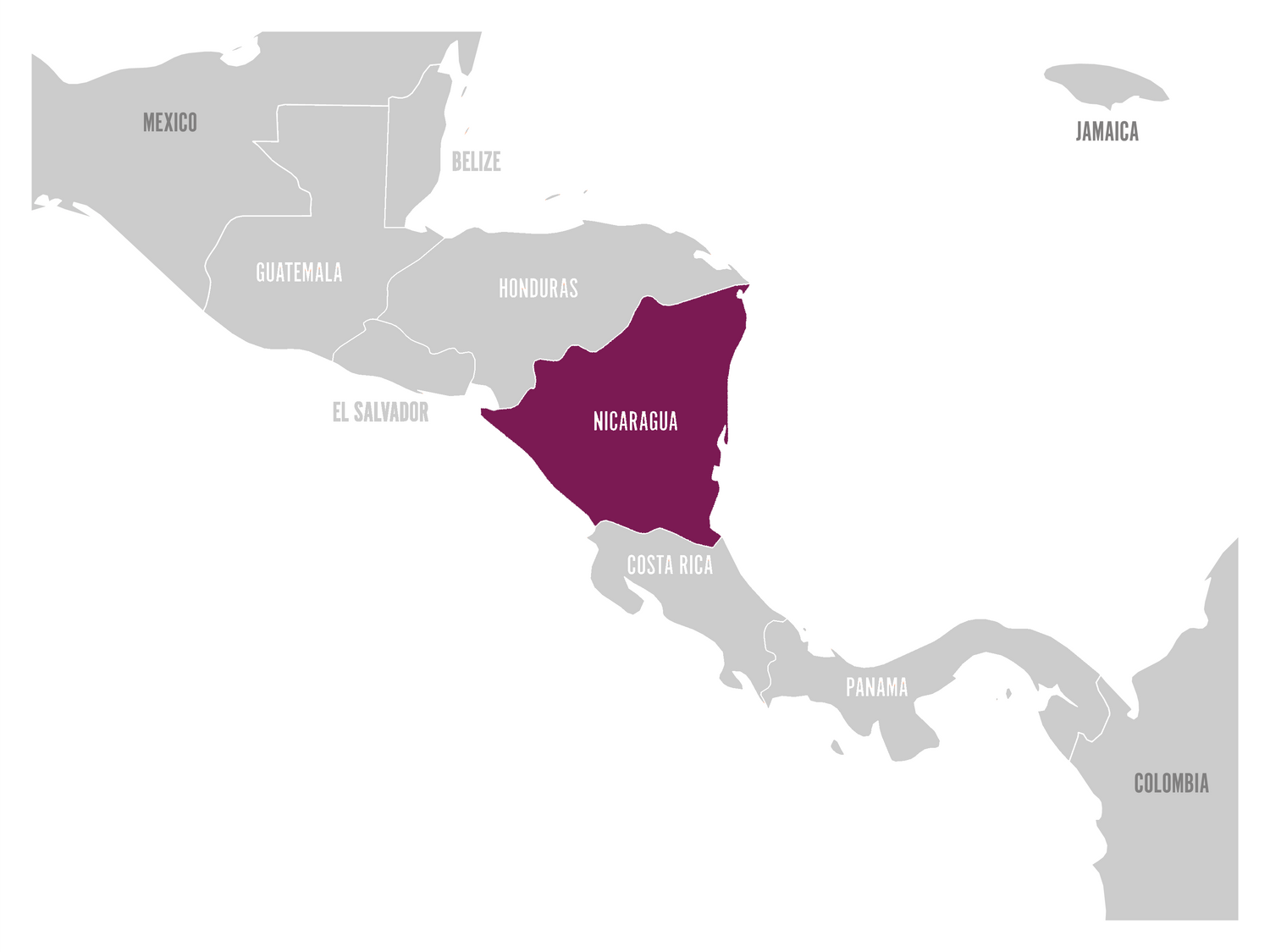
COMMUNITY:
Rancho Grande, Nicaragua
After spending months developing relationships with communities and familiarizing ourselves with each other’s resources and dreams, ENLIVEN finally narrowed their focus to Rancho Grande Nicaragua, a town 2 hours into the mountains outside Matagalpa. Coffee is the primary crop grown in this region, but the majority of large scale coffee farmers in Rancho Grande grow cacao trees on their land as a secondary crop. Although their land is ideal for growing Cacao and the crop is significant it is largely undervalued. As soon as we entered their community we began talking to the people about their livelihoods as well as inquiring about their ties to cacao. Many conversations led us to connect with several farmers that are considered experts in growing cacao; a family trade for many generations. These farmers are truly the pillars in their communities and loyally support the people around them.
Although experts in growing cacao, the farmers generally have very little experience in the products that are produced from the raw cacao plant. Many of the farmers have never tasted chocolate. Due to this lack of knowledge the farmers believe little value can be obtained from cacao. Enliven is working with these farmers to develop an understanding of the value chain of their crop which will help determine where in the process we should engage our stateside business partners. The novice eye would see these Nicaraguan farmers as poor, but when one truly knows the farmer it’s clear that they are very rich. Rich in ideas and experience, they truly have a skill-set that is unrivaled and a passion for the land that is genuine. A combination of their ingenuity with the enliven toolbox are their ingredients for success.
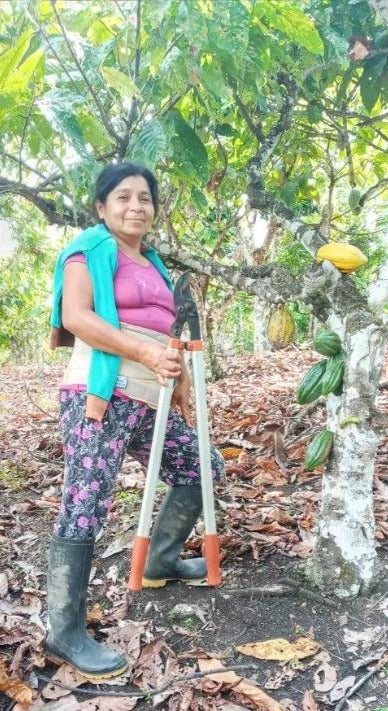
COMMUNITY:
Awajun, Peru
This cacao comes from inside the Amazon Jungle. It particularly comes from the “Amazonas” department of Peru, which is in the north of Peru.
The cacao is made up of mostly native/criollo varieties.
- Typical flavour profiles are on the fruity/floral side (examples: red fruits, prunes)
The fermentation is done in sweet wooden boxed (mostly “Tornillo” wood, which is a local wood variety. “Tornillo” means ‘screw’ in Spanish)
- Fermenting box orientation is mostly in an escalator system, if not in linear level rows.
Fermenting is done for 6 days - with rotation of the beans done every day after the first 2 days
The Awajún Cacao is harvested from farmers traditional to the area. These farmers are mainly from the Awajún tribes and the Huambisa tribes (Can also be written in the following ways: Huampisa, Wuampis, Wuampisa)
- The cacao bares the name of the tribe.
Traditionally the men in the tribe are the providers: hunters and fishermen – they sell their catch and bring the $ to the family. Their role is to go hunt/fish. The women had two roles - take care of the farming/cooking and the kids (It was a very ‘macho’ society in this sense…but it’s now changing)
Cacao was never “commercialized” in this area, but in the past few years this cacao variety was “discovered” by outside of the Amazonas… and has been growing in popularity.
- Different governmental projects are investing in programs and courses to increase the community’s knowledge on cacao and how to farm/ferment/dry it.
- The women in these communities are being empowered by the cacao at a very fast pace!
It is them that know how to farm the cacao, ferment it and it is them that are now brining in more of the $ for their families. It is them that are teaching the men how to farm.
The cooperative of these region is mainly run and managed by the women.
The women are now also becoming the providers in their families.
- Through government funded projects they are being taught how to succeed in cacao farming.
- The women are seeing first hand what farming of good quality cacao is resulting in:
- More infrastructure: schools, hospitals, health aid centres, etc.
- Better quality education for their kids
- More money for their families and communities
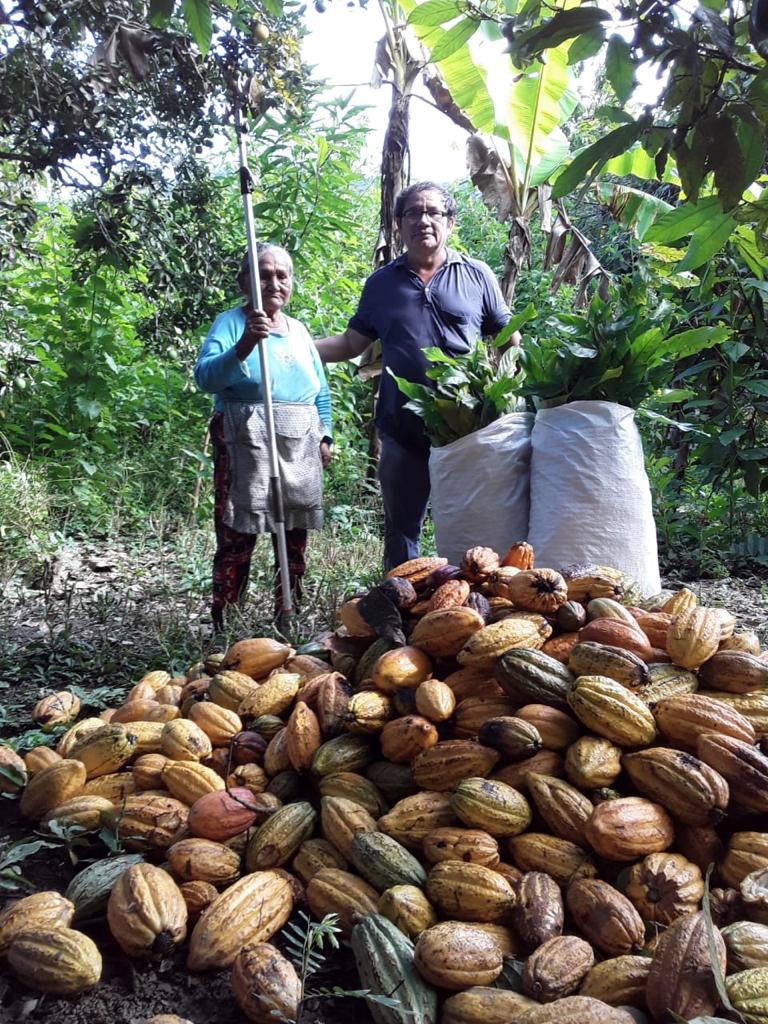
COMMUNITY:
Chuncho, Peru
The Chuncho beans come mainly from the Cuzco department of Peru.
The Chuncho beans are harvested at altitudes that range from about 400m to 1200m above sea level
Chuncho is native to Cuzco department (and also some to the VRAE region) and has been classified as its own genetic variety… however please note that there are many Chunchos. As of right now there seems to be 7 classifications for Chuncho, but many more suspected of falling under the “Chuncho umbrella” are being analyzed and we believe in the near future their will be more identified into as Chuncho varieties.
- From an academic perspective Chuncho is very sought after, mainly because of its genetic isolation it has had in this region. University of Urubamba is doing these studies currently.
It typically has a high diverse fruit flavour profile, higher % of fat than usual, and lower % of tannins.
They tend to be a smaller pod and smaller bean, however there are Chunchos that are bigger also. With this said, the cacao pods also vary in size and in colour. Most tend to be small… but some are bigger. And colours of pods vary between yellow, green and rose.
Historically (going back hundreds of years to pre colonizing times), Cuzco has been the region that has had the highest production of cacao in Peru. After colonization and commercialization of cacao in the Jungle departments (north of Peru: Amazonas, San Martin, Huánuco), Cuzco has fallen in the production scale compared to the other departments (mainly because the other departments have scaled up dramatically their productions [as an alternative to coca plant harvesting])
The zone in Cuzco where cacao was traditionally from is the Urubamba valley… a very special valley. This is the main valley where the Incas would come from the Andes to reach the jungle…this was their route into the jungle. It was also where they would meet the natives of the jungle for trade purposes. (This is also the Valley where the last Incan emperor (Manco Inca) fled to and hid when the conquistadors invaded Peru)
We work directly with a cooperative of Urubamba valley… we have been working with this cooperative for a long time (many years). They are very established, have a good relationship with their farming members… and now also have a chocolate making branch. Amazon Specialties helped them develop this chocolate making branch…and provided them the know-how, and also provided Premier refiners.
Their chocolate program has grown…they now have 3 refiners of 4.5kg, and 1 of 10kg, and are producing chocolate that is getting better and better. You have to understand, that this is very very rare in Peru. A co-operative in the middle of the jungle, pushing forward with their farmer-members to not only be producers of cacao but also chocolate makers. They have become trail blazers. This co-operative is one that has the most influence in Cuzco, and this movement has sprouted many others in the region to also become chocolate makers.
(Fun side note: in 2019, during the International Chocolate Awards, Aurelio was a judge, and he actually recognized the chocolate from this co-operative when judging)
- We are very happy for this growth and direction. As more producers become chocolate makers, they will be automatically bridging the gap – and will ultimately understand how their harvesting and fermenting and drying processes affect their quality in chocolate making. And thus, ultimately providing better cacao for other chocolate makers around the world.
- The chocolate program also has the potential to make the farmers more money, and thus bring them additional revenue stream, contributing to a more sustainable way of life.
- It is doing exactly this… there are a few cacao producers in Cuzco that now have their own chocolate brand and a brick-and-mortar store. One is in the middle of the main plaza in Cuzco city!! This type of added value to their products will help them come out of poverty.
- (Another Fun Side Note: Amazon Specialties has provided (sold or gifted) around 30 Premier Refiners to various co-ops and farmers in this area. Around 450 nation wide. We want Peru to not just be a cacao producing country, but also a chocolate producing country)
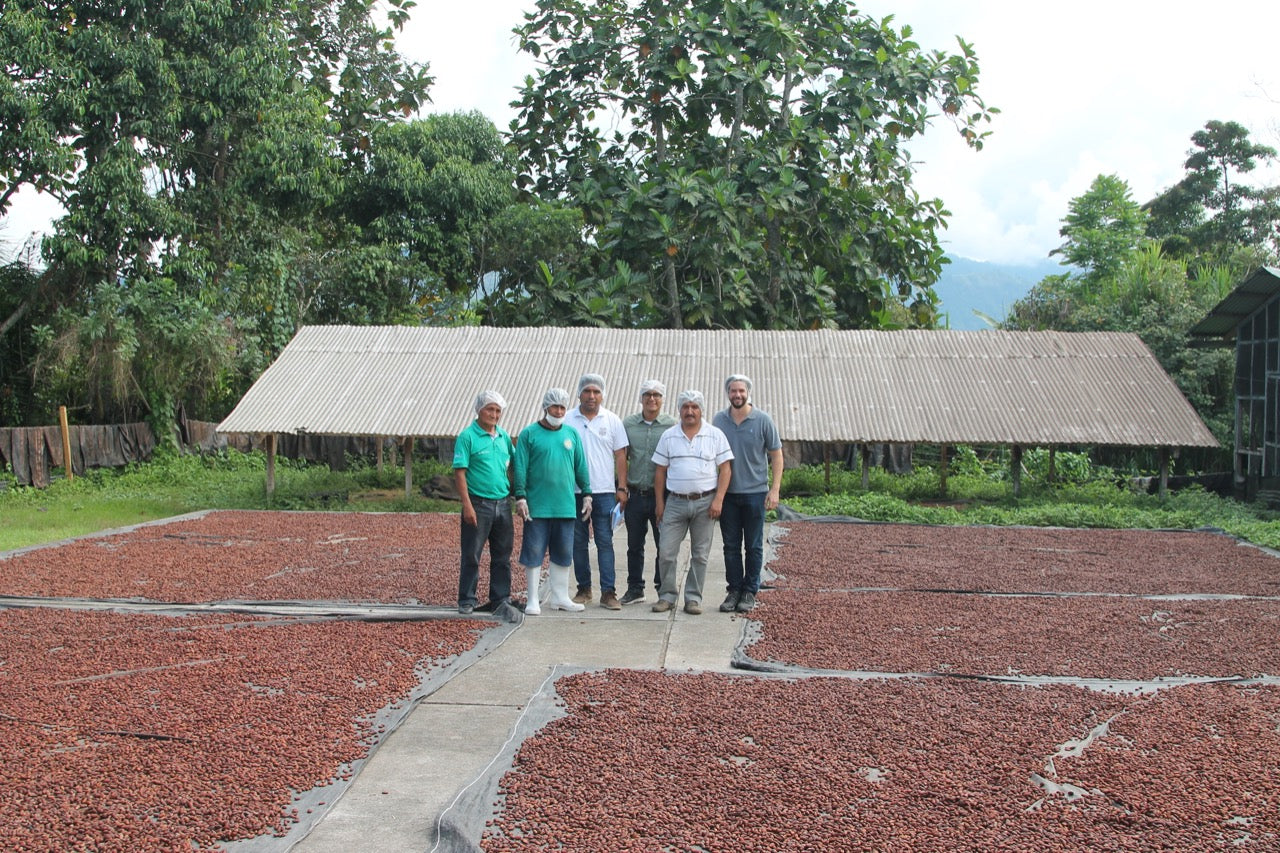
COMMUNITY:
San Martin, Peru
These organic beans come from the San Martin department. This area is prominently mountains, that are about 600-800m above sea level, with various native communities. A difficult terrain for traditional farming, but the best for cacao! The cacao varieties in this region are mainly native and aromatic Trinitarios and Criollos.
Amazon Specialties works with organized groups of farmers and communities who produce mostly aromatic cacao. Amazon Specialties pay the co-operative above market farm-gate price. And are extremely careful when we are procuring the beans. Harvesting is very important, only ripe pods are harvested.
One of our goals is for the farmers to make better quality. Better quality means they will get more money – and the goal is for them to become sustainable (and for cacao to not be a ‘commodity’). Over the years Amazon Specialties has provided our expertise and feedback for free over many meetings and workshops and visits to help farmers and co-ops optimize their harvesting, fermenting and drying processes.
The cooperative we mainly work with in San Martin buys cacao from 435 producers. 224 of the registered organic producers are women. The average hectarage is 2 per producer.
The co-op itself has 47 full time employees, of which 20 are women. They also have 23 part time employees, of which 11 are women.
Regarding the Region: The areas of this department in the past was dominantly coca plant farming areas. Though there is absolutely nothing wrong or illegal with planting coca, as it is a fantastic plant for various medicinal purposes and has a rich history with the Incan past and the descendant communities (it is a sacred plant for many), we all know that unfortunately it is also the main ingredient in the illegal production of Cocaine drug. The area was ripe with malicious, dangerous, oppressing activities…So, for some years now both the Peruvian government and also various international governments, including the USA, have helped in the promotion for alternative crops. This is where coffee and cacao come in. Despite that the cacao tree has been in this region for millennia, it was now used as a great promoter for a better way of life…more sustainable income and better for the sustainability of the rainforest.
San Martin now produces ~43% of Peru’s cacao production – by far the largest cacao production department in Peru (Most other departments are about 1-2%, with the exception of: Huánuco with ~8%, Cuzco with ~9%, Ucayali with ~12% and Junín with ~20%)
One important thing to note is that the Peruvian Government did great by promoting the Organic Cacao production in Peru. This has led to Peru being the biggest exporter of Organic Cacao Beans in the world. (Even though overall Peruvian cacao production is about ~2% of the worlds’ production). Making San Martin the mecca for organic cacao 😉
